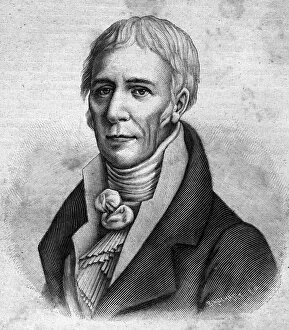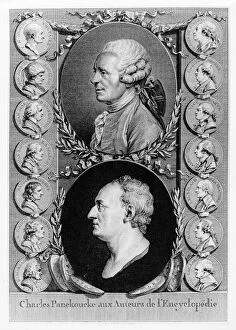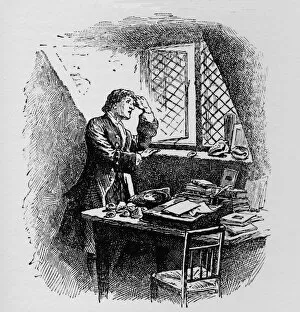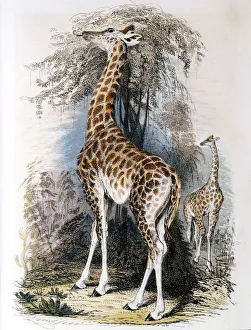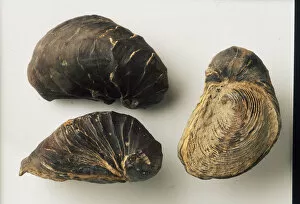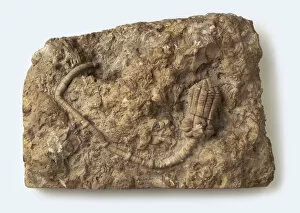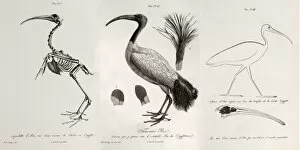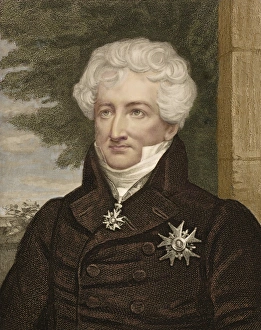Lamarck Collection
Jean-Baptiste Lamarck, a renowned French naturalist born in 1744, left an indelible mark on the scientific world with his groundbreaking contributions
All Professionally Made to Order for Quick Shipping
Jean-Baptiste Lamarck, a renowned French naturalist born in 1744, left an indelible mark on the scientific world with his groundbreaking contributions. His work encompassed various aspects of botany and zoology, as evident in his notable publication "Flora Francoise. " Within this comprehensive botanical description, Lamarck delved into intricate details such as stipules and tendrils that adorned plants. He meticulously explored the diverse array of fruits found within nature's bounty and provided insightful observations on roots. Lamarck's dedication to his craft is beautifully captured in portraits depicting him throughout history. From a frontispiece of a Panckocke edition of L'Encyclopedie to an enchanting engraving from the 19th century, these images immortalize his legacy. His expertise extended beyond flora; he also studied elemental organs extensively. These vital components fascinated him greatly and were documented meticulously within "Flora Francoise. " The provisions of flowers were another area where Lamarck displayed his keen eye for detail. His descriptions offered readers a glimpse into the intricacies of floral structures. Not limited to botany alone, Lamarck ventured into zoology with equal passion. Eunice and Cirratule are two examples where he showcased his knowledge through colored engravings that brought these creatures to life. Jean-Baptiste Lamarck's profound impact on science cannot be overstated. His tireless efforts paved the way for future generations by expanding our understanding of both plant and animal kingdoms alike.







